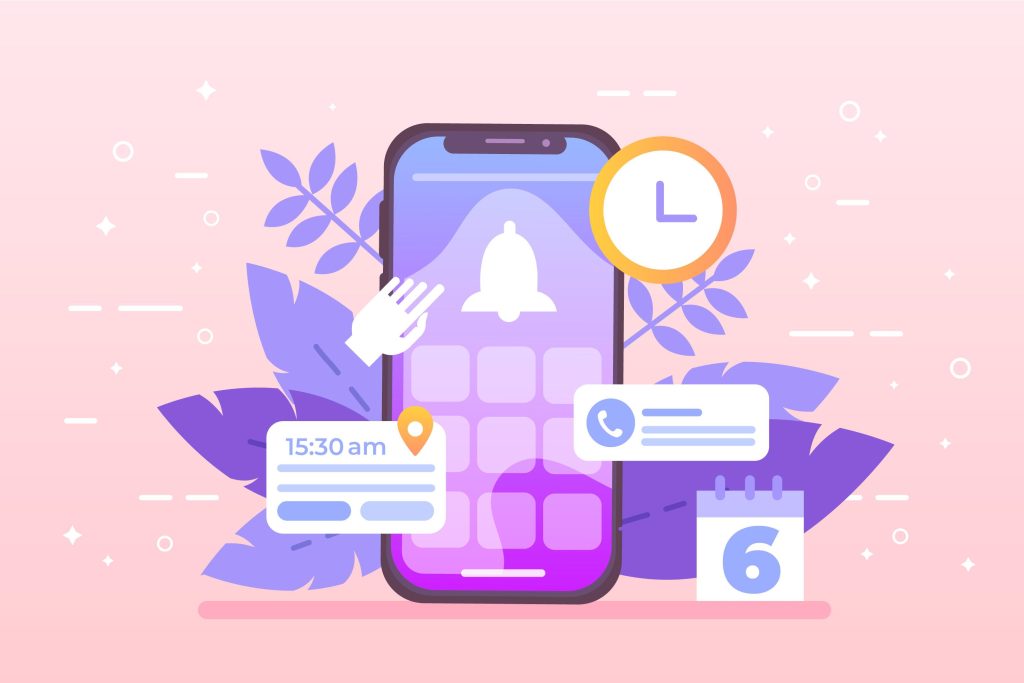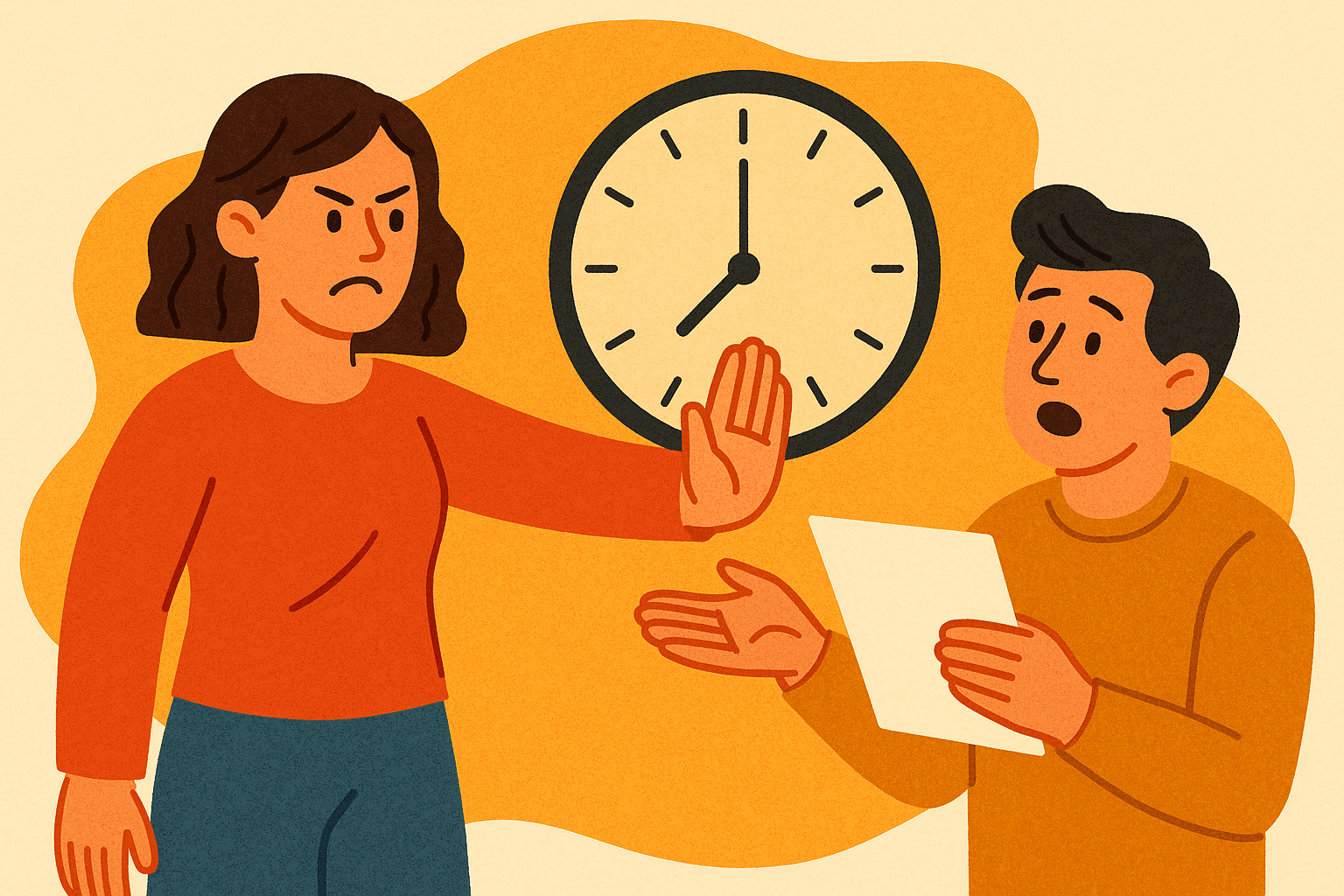The hidden cost of constant notifications is reshaping how we think, work, and live. In today’s hyper-connected world, every ping, buzz, or banner flashing across our devices chips away at our focus and productivity. From smartphones to smartwatches, we’re interrupted hundreds of times a day. While these alerts may seem helpful, they come with a silent toll on cognitive health that is becoming increasingly difficult to ignore.
This article explores the hidden cost of constant notifications—an issue gaining attention among researchers, tech ethicists, and productivity experts alike.

The Growing Noise of the Notification Economy
Notifications were designed to keep us informed and connected, but their evolution has turned them into tools of engagement-maximization. Social platforms, messaging apps, and productivity tools use notifications to draw users back in, often based on algorithms optimized for attention, not wellbeing.
- A 2022 study published in Nature Communications found that excessive notifications are linked to increased levels of stress and anxiety, especially among younger users.
- According to RescueTime, a productivity tracking app, people check their phones an average of 58 times per day. That’s roughly once every 15 minutes of waking life.
- Apple’s Screen Time and Google’s Digital Wellbeing tools have shown users often spend over 4 hours daily on their phones, much of it driven by incoming alerts.
How Notifications Hijack Cognitive Resources
1. Fragmented Focus
Every notification, even one you choose to ignore, breaks your concentration. The brain requires time to shift between tasks—a phenomenon known as attention residue. When we switch focus repeatedly, we never fully engage with any single task.
Researchers from the University of California, Irvine, discovered it takes about 23 minutes to regain deep focus after an interruption.
2. Stress Response Activation
Even subtle alerts can trigger the body’s stress response. Our nervous systems interpret notifications as new stimuli that require evaluation, decision-making, or action.
- Heart rate variability (HRV), a key indicator of stress, tends to decrease with frequent interruptions.
- Cortisol levels rise, especially with alerts tied to social judgment—like messages or social media notifications.
3. Impaired Memory Encoding
Frequent digital distractions impair the brain’s ability to form long-term memories. When attention is split, the hippocampus—the brain’s memory center—struggles to encode experiences or knowledge with depth and context.
The Workplace Impact: Productivity Loss and Burnout
Notifications and Remote Work Fatigue
With the rise of remote and hybrid work models, workers are bombarded by Slack pings, Zoom reminders, and email alerts. The result? A decline in output quality and a rise in burnout.
- Microsoft’s 2023 Work Trend Index reported that employees receive 250+ notifications on average per workday, reducing their capacity for uninterrupted, high-value tasks.
- In a survey by Asana, 58% of workers said they feel overwhelmed by communication tools and task reminders.
Decision Fatigue
Constant alerts demand micro-decisions: Should I check that now? Is this urgent? Can it wait? Over time, these tiny interruptions exhaust our decision-making reserves, leading to poorer judgment and increased mental fatigue by the end of the day.
When Notifications Are Useful (and When They’re Not)
Not all notifications are harmful. Some serve clear purposes—reminders for medication, calendar events, or security alerts. The problem arises when the volume, timing, and personalization are misaligned with user needs.
Useful notifications:
- Personalized and time-sensitive
- Contextually relevant (e.g., traffic before a meeting)
- Tied to actionable outcomes
Problematic notifications:
- Vague or purely engagement-driven (e.g., “You haven’t logged in today!”)
- Interruptive rather than informative
- Clustered in rapid succession
Building Smarter Notification Habits
Reducing the hidden cost of constant notifications doesn’t require a tech cleanse. Instead, it’s about building smarter habits and using tools more intentionally.
1. Batch Notification Delivery
Use built-in tools like iOS’s Scheduled Summary or Android’s Notification Bundles to deliver non-urgent alerts in clusters during low-focus hours.
2. Audit App Permissions
Many apps request notification access by default. Periodically review these settings and disable alerts for non-essential apps.
3. Enable Focus or Do Not Disturb Modes
Set designated blocks of uninterrupted time during your workday. Apple’s Focus Mode and Windows’ Focus Sessions can reduce cognitive overload significantly.
4. Use a Secondary Device or Space
For deep work, consider using a device with limited access to messaging or social apps—or physically move your phone out of arm’s reach.
5. Establish Response Expectations
Communicate with coworkers or clients about your communication norms. Let them know when you check messages or are available, reducing the pressure to respond instantly.
The Ethical Side: Should Tech Companies Do More?
There’s growing pressure on tech platforms to consider user wellbeing in notification design. Ethical UX design principles are emerging to minimize manipulation and encourage mindful use. Some companies now integrate usage insights and wellbeing metrics, but critics argue this is still reactive rather than proactive.
For instance, Apple’s Screen Time and Google’s Digital Wellbeing are useful but opt-in features. They inform users but rarely intervene when usage crosses healthy thresholds.
Looking Ahead: Ambient Tech and Less-Interruptive Design
The next frontier may lie in ambient technology—tools that sense context and deliver information passively, rather than interruptively. This shift could help reduce the cognitive tax of modern digital life.
Emerging trends include:
- Wearables that vibrate only for truly urgent messages
- Smart home systems that use visual cues instead of sound
- AI-based platforms that triage alerts based on urgency and user preferences
Conclusion
The hidden cost of constant notifications is no longer invisible. From reduced productivity to increased anxiety, the impact is real and increasingly well-documented. But solutions exist—both at the individual and system level. By becoming more intentional with how we manage alerts, we can protect our attention, improve our wellbeing, and reclaim a measure of control in a world designed to disrupt.
Sources:
- Mark, G., Gudith, D., & Klocke, U. (2008) The cost of interrupted work. Available at: https://www.ics.uci.edu (Accessed: 24 June 2025)
- Microsoft (2023) Work Trend Index Annual Report. Available at: https://www.microsoft.com (Accessed: 24 June 2025)
- Nature Communications (2022) Digital exposure and mental health. Available at: https://www.nature.com (Accessed: 24 June 2025)






